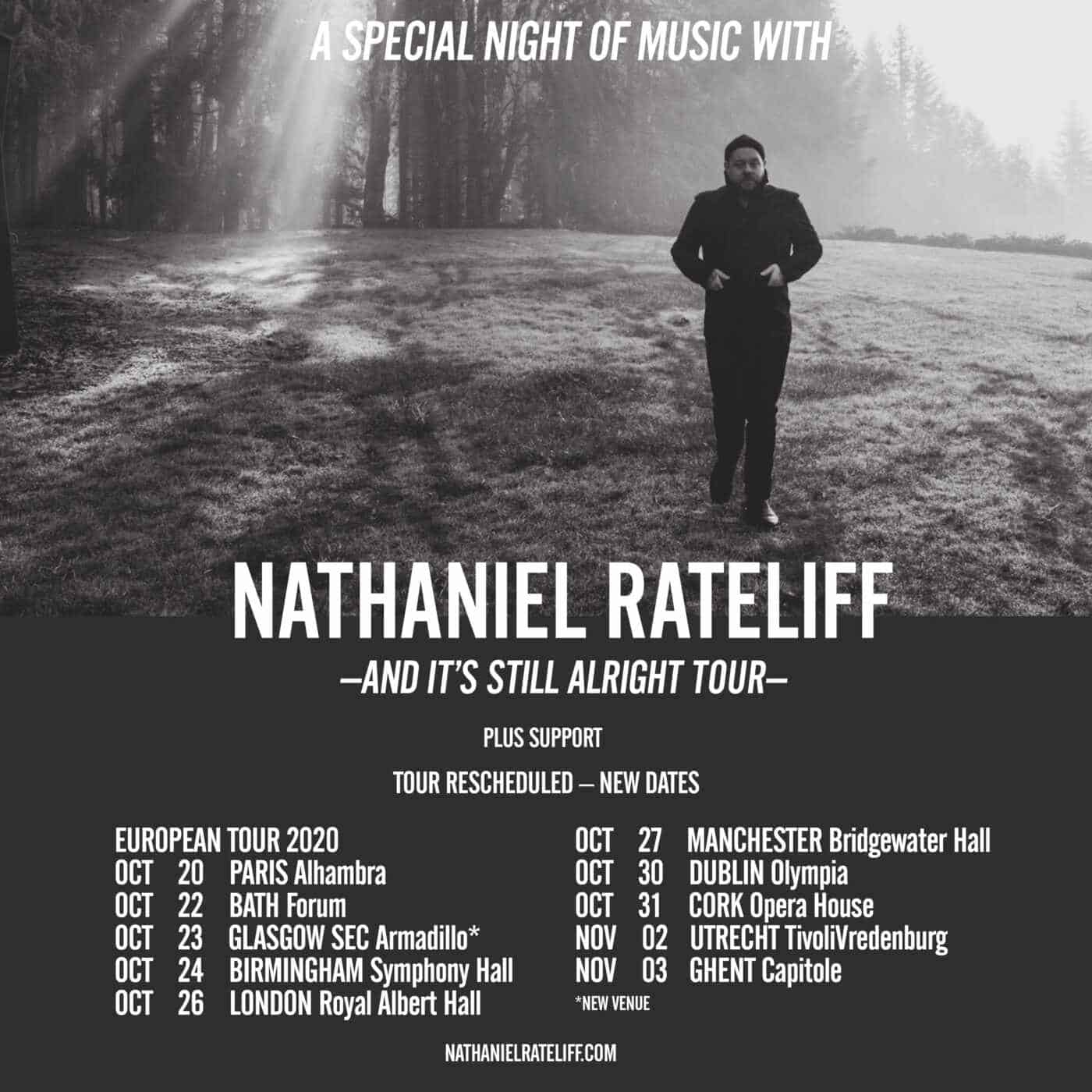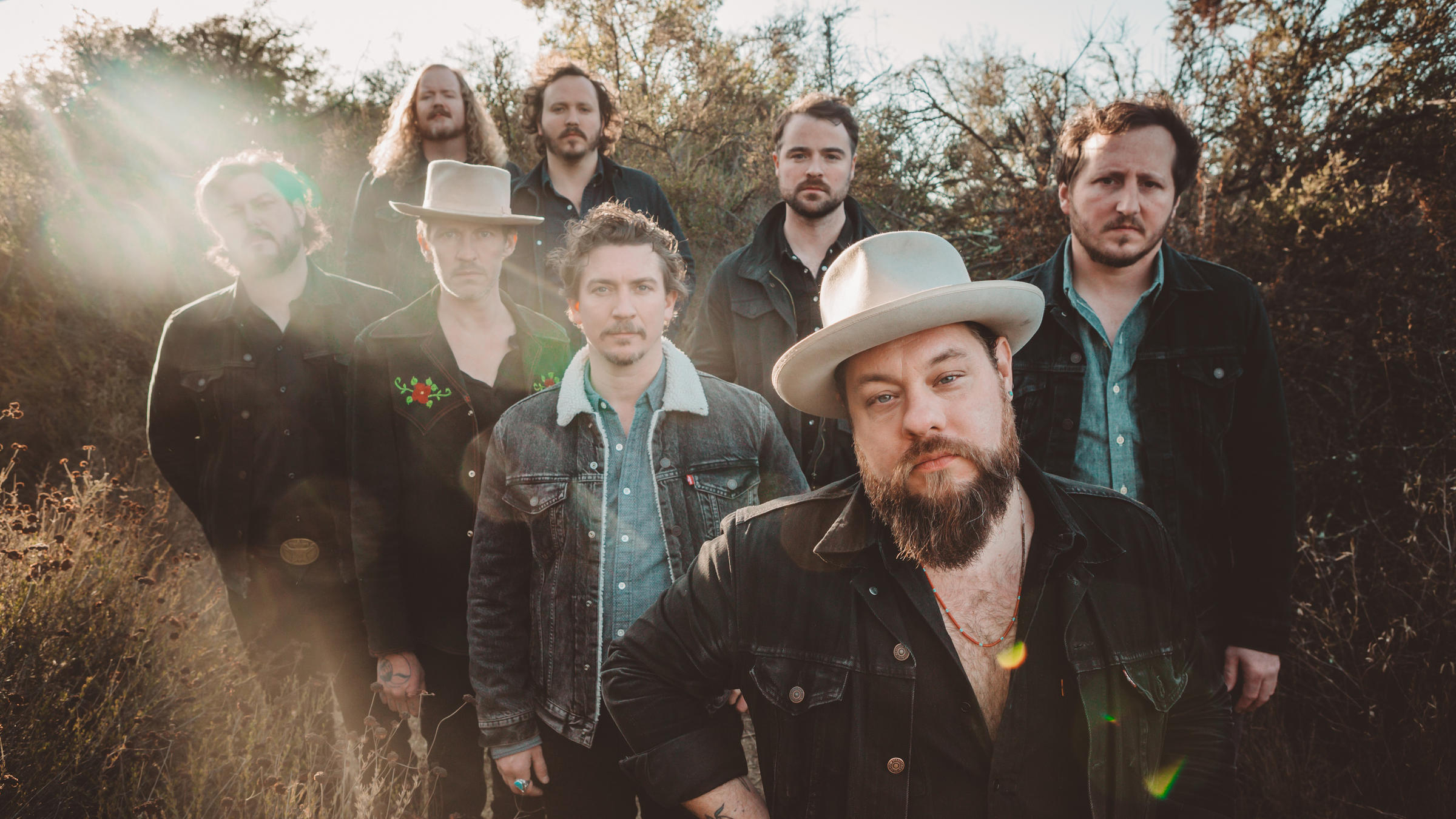

“I’m on Your Side” is one of the more powerful anthems to emerge within and speak to our divided times, questioning the binary divisions and calling us to connection.īy the time we reach the bookend to “The Future” in “Love Don’t”, we are back on familiar turf. Self-doubt and the ambiguity of our lives together in these fraught times temper our expectations but don’t squelch the power of human connection. In “What If I”, he treads the uncertainty of this pursuit (“Maybe I’m all in and doubt it”). Rateliff styled the album as a big question he both poses and engages. The only outlier in this robust set is the acoustic guitar and conga-driven “Baby, I Got Your Number”, whose theme feels disjointed within the album’s narrative. The Night Sweats signature amalgam of soul, R&B, and elements of funk are plentiful and present on many tracks. There are echoes of the quirky pop of Harry Nilsson and Randy Newman on “Something Ain’t Right” (“Got to dig a lot of holes to get into something deep”) alongside soft jazz lounge sounds on “Love Me Til I’m Gone”. The album, more or less, continues this creative and delicate interplay between message and medium, exploring diverse musical styles and themes. When Rateliff calls out for us to “SEE IT”, he effectively wills our vision. Here the repetitive rhythm enacts stalling at the crossroads while the glimpses of hope enter as the horns and chorus slowly build around it. This album’s power lies where the thematic elements interplay with the music and vocals to draw the listener into a fully embodied experience. “Face Down in the Moment” slows the tempo down with the simple beat of a call and response conversation between the snare and kick drum while the lyrics explore the contradiction of being in the moment but unable to see a way out. The rhythm builds until it gives way to Rateliff’s ferocious vocals and the band’s dynamic, enveloping horns in the bridge, embodying the “skin of the teeth” tenuousness of much day-to-day life in these times. The next track moves back into the Night Sweats’ signature soul and R&B vibe with the album’s first single, “Survivor”-a kick drum and bass-driven meditation on the fragile constructions of resilient selves.

“Is the future open / Is the future seeeeeeeeen.” Like Dylan’s layered lyrics of chaos and foreboding, Rateliff peppers the canvas with images of nameless/faceless forces intent on coming “to steal and divide.” The album wastes no time, jumping into an analysis of “The Future” that is practically Dylanesque and not just because Rateliff stretches out the vowels in the opening questions. “I just continue to try to write from a place of hope.” “When I was writing the record, we were in the middle of a pandemic, and our future looked pretty bleak.” Rateliff proclaimed. The Future responds to that question and grapples with the issues brought into relief over the past years. In press accompanying the album release, Rateliff stated that he found writing and reflecting in 2020 to be a time of wrestling with what it meant to embody his whole self with his band. The new album expands on their musical styles without abandoning their roots and is also a thematic wrestling with the spirits of our times. On their latest release for Stax Records, The Future, there is an insistence that this boozy, bacchanal style is merely one facet of their musical range and lyrical depth. The loose electricity of the Night Sweats hints that the wheels could come off at any time, but everything will be alright as long as the music keeps playing and the drinks keep flowing. This aesthetic is turbo-charged by Rateliff’s Joe Cocker-like ability to emote songs with a vocal register that oozes intensity without transgressing the boundary into screaming. To encounter Nathaniel Rateliff & The Night Sweats is to experience a rollicking party with a sound equally at home in random juke joints or brass parades on Bourbon Street.


 0 kommentar(er)
0 kommentar(er)
